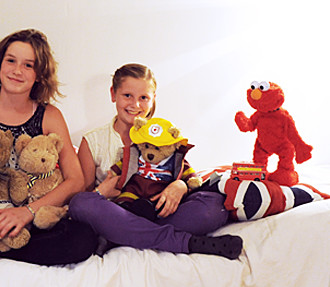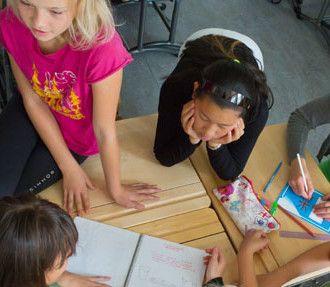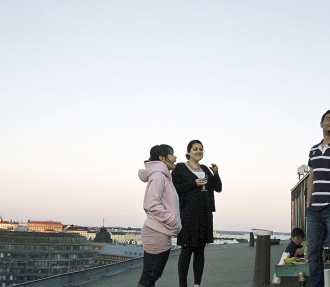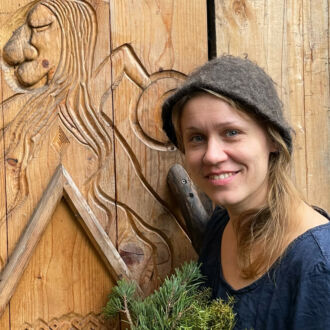Everyone knows about exchange students, but teachers go abroad, as well. We talk to teachers from Finland, famous for its education system, who go on exchange to get and share ideas. Finnish teachers, students and organisations play an important role in the global interchange of academic ideas and expertise.
The view from the Centre for International Mobility (CIMO), situated next to the sea in the Helsinki neighbourhood of Hakaniemi, stretches far across the water. Similar long-reaching vision has driven their development of teacher exchange opportunities aboard.
“The outside world is so much closer thanks to IT, Facebook and the media, and people travel much more,” explains Nina Rekola, head of general and adult education at CIMO. “Teachers are alert to finding new possibilities outside their permanent working range. They are looking for new contacts, language skills, methodologies, teaching materials and cooperation.”
Connecting interested schools and teachers from Finland and abroad, CIMO also helps coordinate programmes that enable the mobilisation of the teaching population. These include Erasmus+, which encompasses Europe, and Nordplus, which covers the Nordic and Baltic countries. The Fulbright Centre, located on the same floor as CIMO, coordinates exchanges with the USA.
Canadian exchange

Finnish and Canadian students participating in an exchange programme in Seinäjoki, Finland talk to students in Ghana on Skype.Photo: Teijo Päkkilä
One significant project in recent years has been FinAl, the Finland-Alberta Partnership. Conducted between five upper secondary and two vocational education institutions in Finland and the Canadian province of Alberta, a number of teachers and students from both countries have participated in exchanges in order to share best practices.
Finland’s education system often receives praise in the international media, which could make you wonder if the need really exists to branch out to another country for expertise.
“Never underestimate what you can learn from international cooperation,” says Teijo Päkkilä, vice-principal at Seinäjoki High School and project coordinator for FinAl. A teacher exchange alumni who visited the Albertan cities of Edmonton and Grande Prairie, Päkkilä sees that good results won’t be achieved by always doing things the same way they’ve always been done.
“Everything is constantly in transition, and we need to keep our eyes peeled to find solutions to challenges. International cooperation is a good way to find these. At the end of the day you’ll be much wiser, no matter how knowledgeable you consider yourself.”
Aside from the independence enjoyed by teachers in Finland, Päkkilä believes that the strengths of the Finnish education system include its flexibility and its national curricula.
“This flexibility enables educational creativity,” he says. “Of course, this also happens in Alberta on a great scale. But it is in different areas than here, which makes the exchange very rewarding.”
Sharing expertise
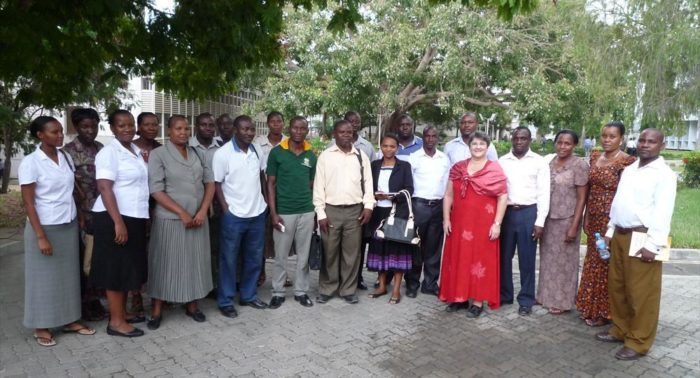
Educational sociologist Margaret Trotta Tuomi (red dress) of the University of Jyväskylä spent a semester at the University of Dar es Salaam, Tanzania and found new solutions.Photo courtesy of Margaret Trotta Tuomi
The shared benefits of the exchange have also stretched further afield, with schools from both countries collaborating on a charity programme to equip a school in Uganda with computers.
Also connecting with African education is CIMO’s North-South-South (NSS) programme, celebrating ten years of Finnish cooperation with higher education institutions in a number of Africa countries, as well as other developing nations. Supporting student and teacher exchanges, NSS offers joint intensive courses as well as a range of networking and dissemination measures.
“The joint intensive courses provide opportunities for developing new teaching content or methodology, as well as teaching material and joint publications,” explains NSS programme manager Annika Sundbäck-Lindroos.
Culturally Responsive Teacher Education, one of 20 NSS projects, is being carried out in Finland, Ghana, South Africa and Tanzania. The main focus of the project is to promote culturally responsive teacher education, with an international, multidisciplinary team.
“What I learned in Tanzania and brought back with me was a new level of humility,” says Margaret Trotta Tuomi, who visited the University of Dar es Salaam from the University of Jyväskylä. “For the past 60 years of my life I have seen what solutions we in the north have come up with, and now, in the south, I have seen a completely new set of solutions that also work perfectly.”
“It’s an eye-opener for one’s own positive and negative working environments and experiences,” concurs Mari-Anne Okkolin, also from the University of Jyväskylä. “I think all of our academics should spend some time abroad and to learn how universities, faculties and departments function elsewhere.”
By James O’Sullivan, February 2014
